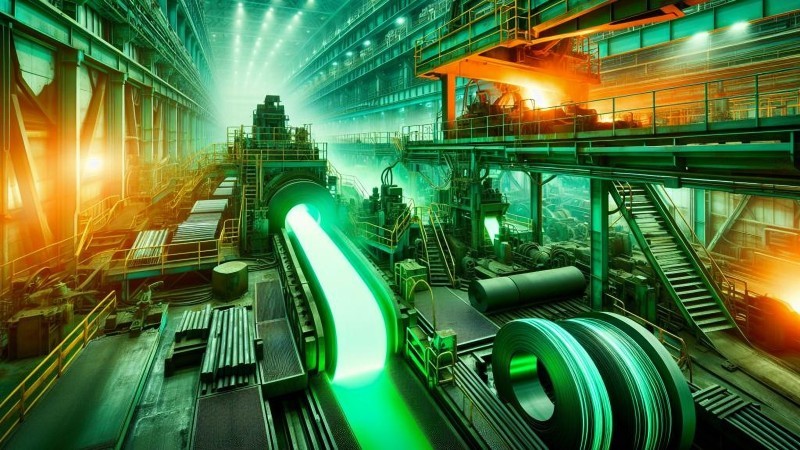The steel industry is at an inflection point. With traditional coal-based production methods contributing significantly to global carbon emissions, industry leaders are actively seeking ways to reduce their carbon footprint.
In a previous article we looked at different strategies to reduce CO2 emissions resulting from this carbon-intensive process. We specifically focused on the capture and storage of CO2a solution that can be seamlessly integrated into existing steelmaking processes. We have also investigated the use of green hydrogen in steel production, which could revolutionize the process by eliminating dependence on fossil fuels.
Many steel industry executives agree that hydrogen-based steelmaking is essential for a net-zero economy. However, they are cautious about the short-term viability of this method as the hydrogen market, especially for green hydrogen, is still in its infancy. Therefore, they are considering gas-based alternatives as a transitional solution to the final green hydrogen method.
For example, Geert van Poelvoorde, CEO of ArcelorMittal Europe, told HydrogenInsight that despite billions in EU subsidies to build such plants, the company cannot run its European plants on green hydrogen because the resulting green steel would not be competitive on international markets. Instead, the Luxembourg steelmaker seems to want to use fossil gas. While other steelmakers emphasize the future transition to green hydrogen, they are less open about the fact that their transition plans will rely heavily on natural gas for at least the next 10 to 15 years.
Moreover, the industry’s transformation is not only driven by concerns about carbon emissions and costs, but also by the principles of a circular economy. In the UK, for example, both Tata Steel and British Steel plan to replace the last coal-fired blast furnaces in Port Talbot and Scunthorpe with electric arc furnaces that melt new steel exclusively from steel scrap. This transformation is additionally influenced by external actors such as NGOs that advocate for a complete transition from carbon-intensive production of new steel to steel recycling.
Following feedback on our previous article, we have now included data on gas-based steel production and recycling in our analysis. We find that both approaches can significantly reduce emissions compared to traditional coal-based methods, without emitting CO2 Capture and storage. They also represent a more economical alternative to the expensive green hydrogen approach. However, they also have their disadvantages, such as greater dependence on gas and lower steel quality.

